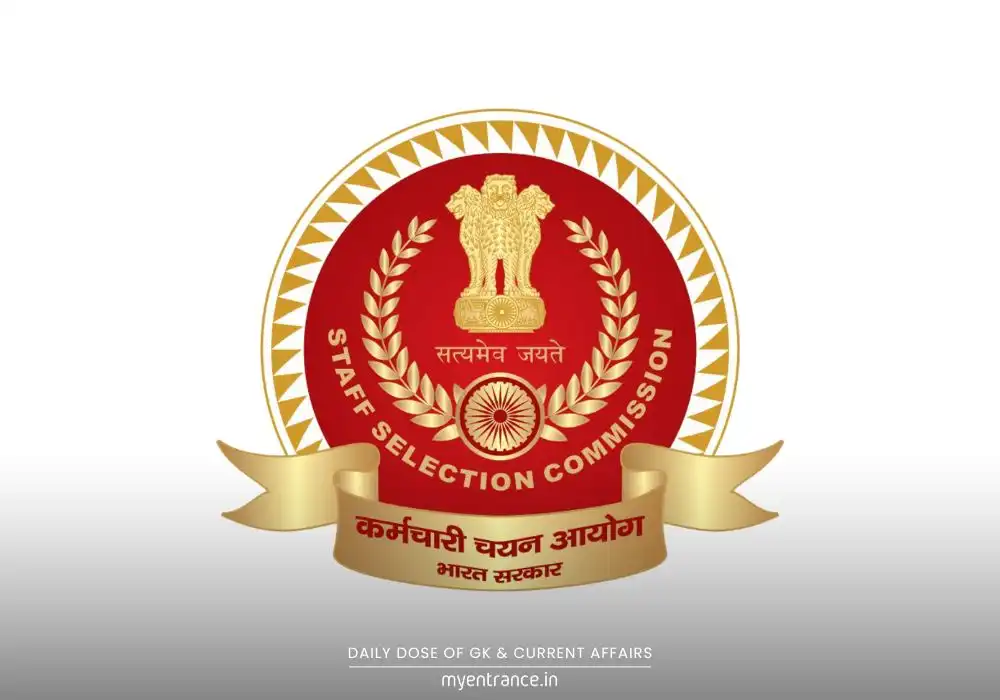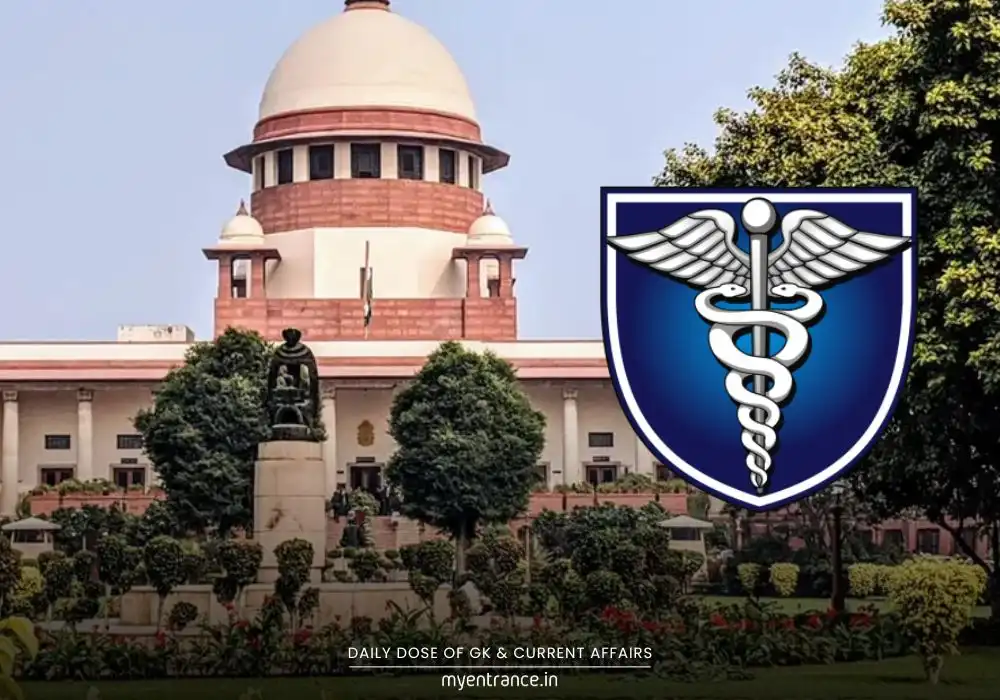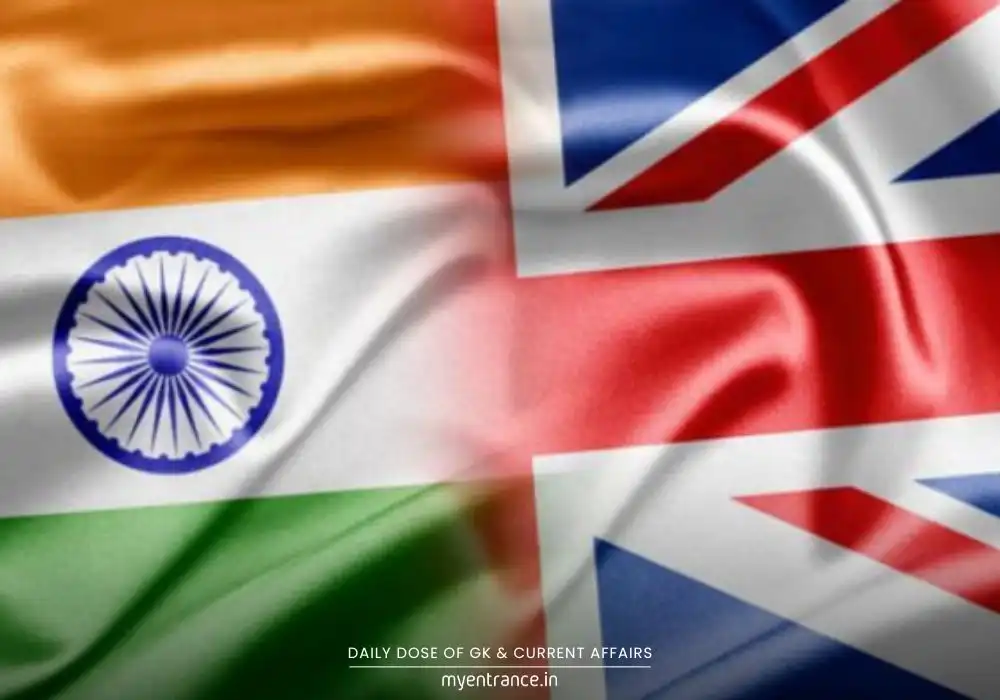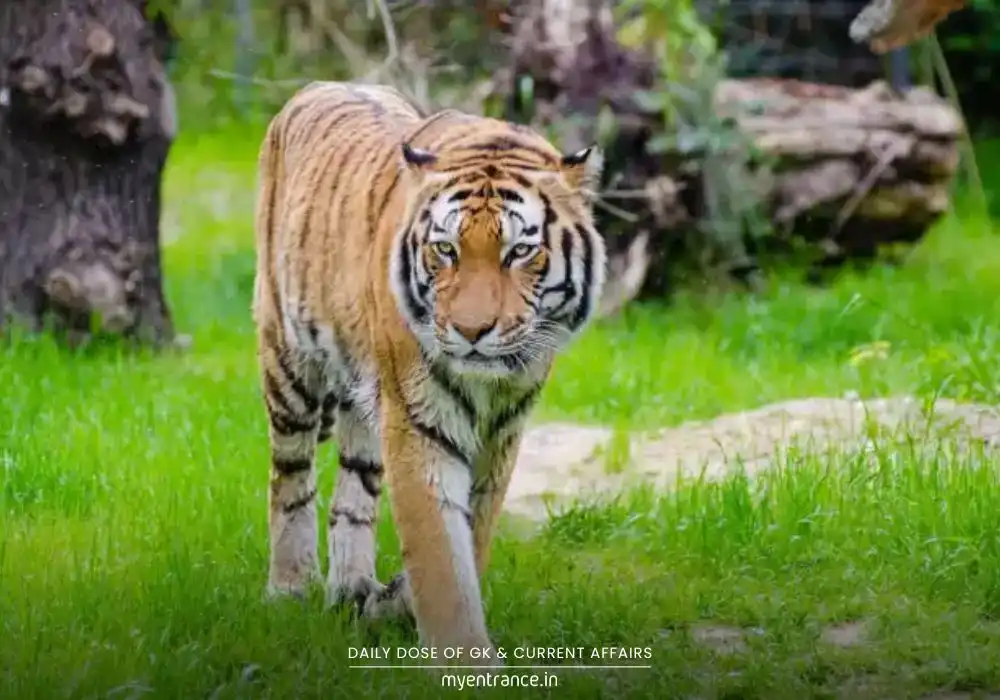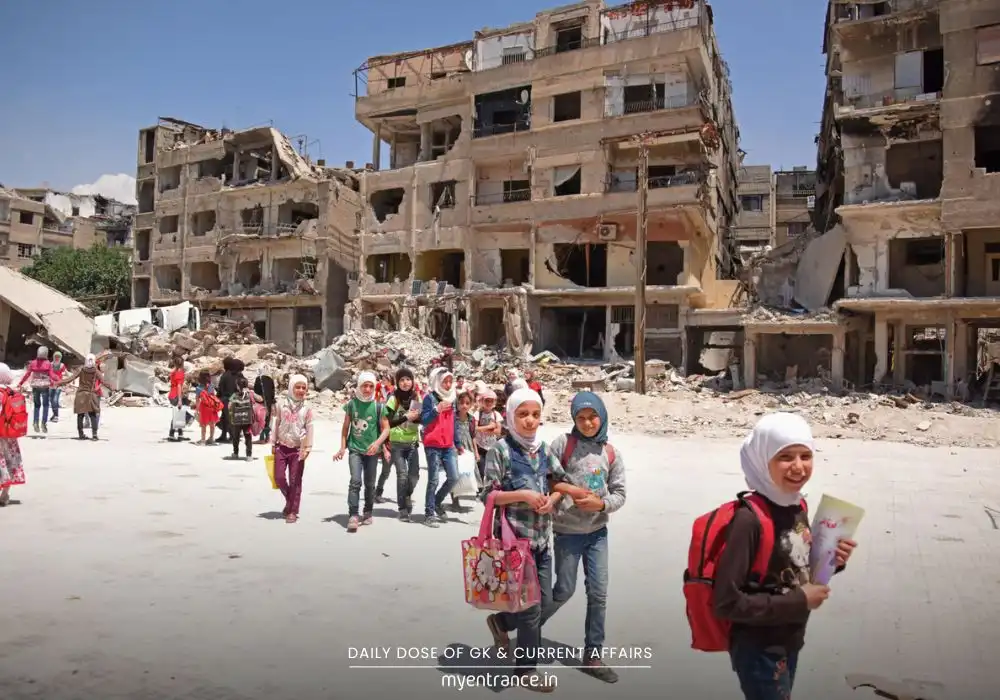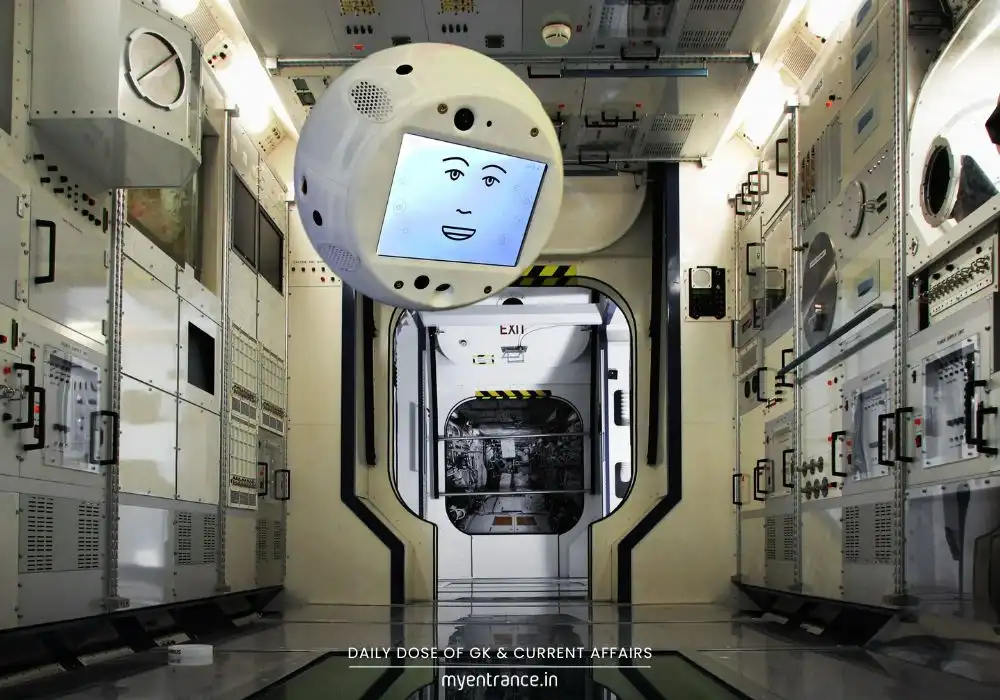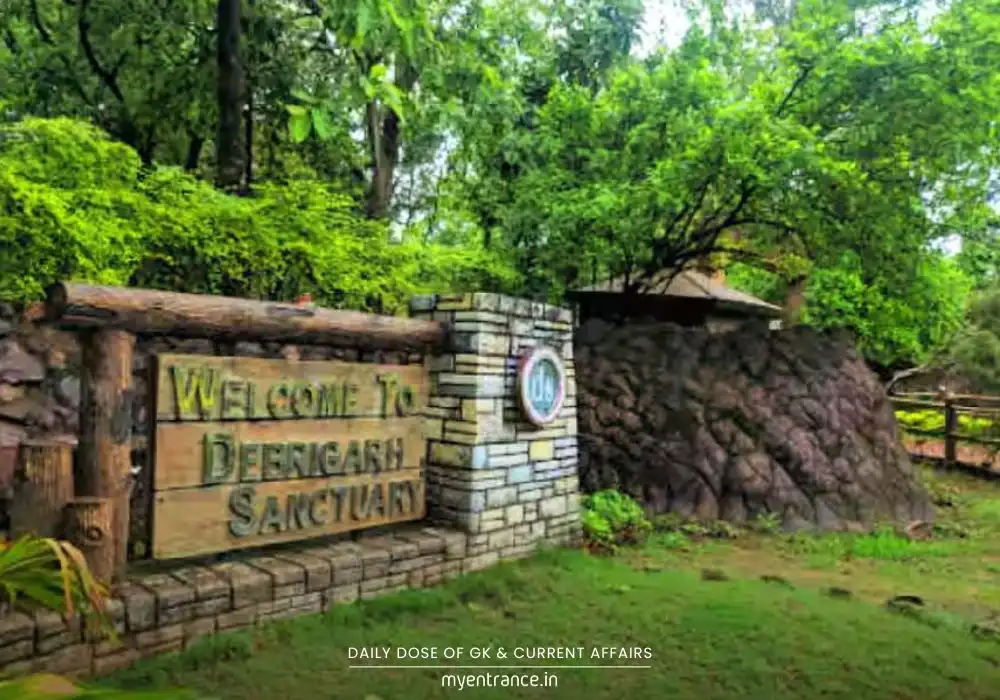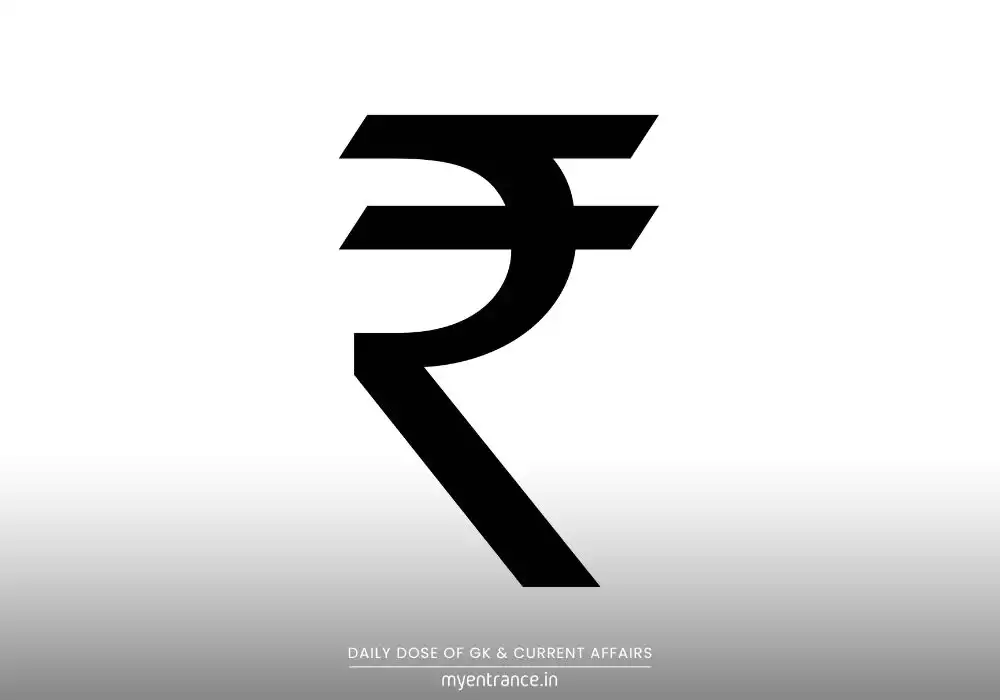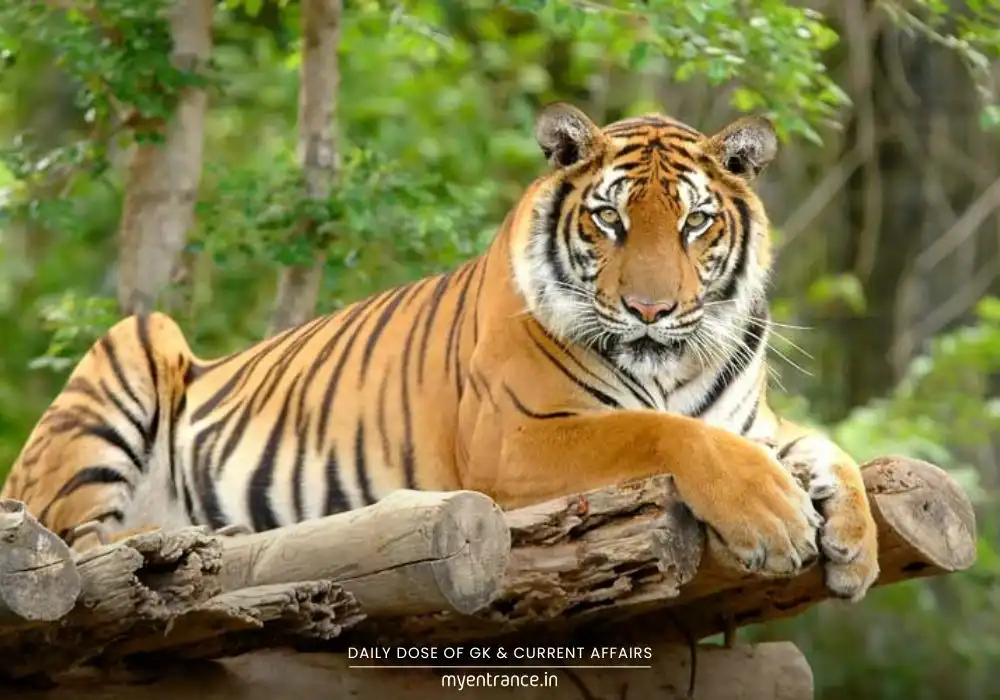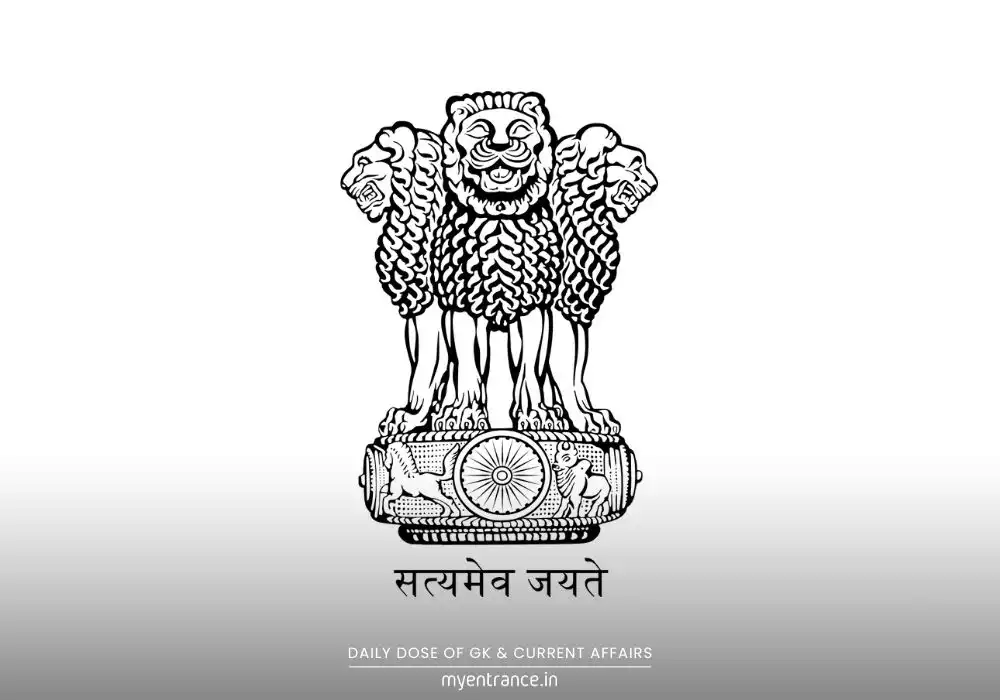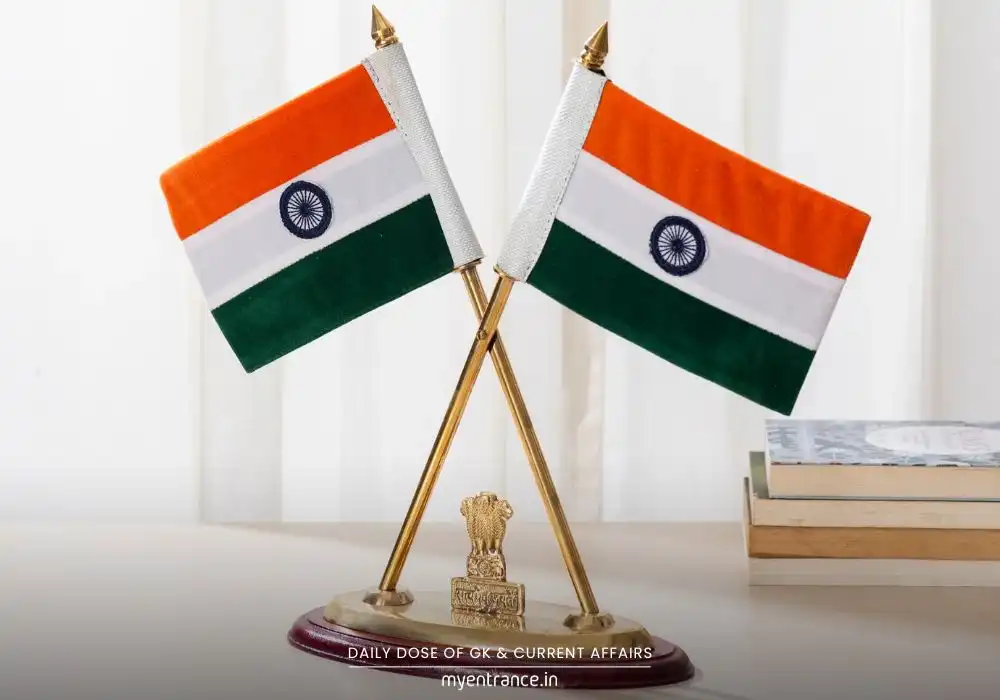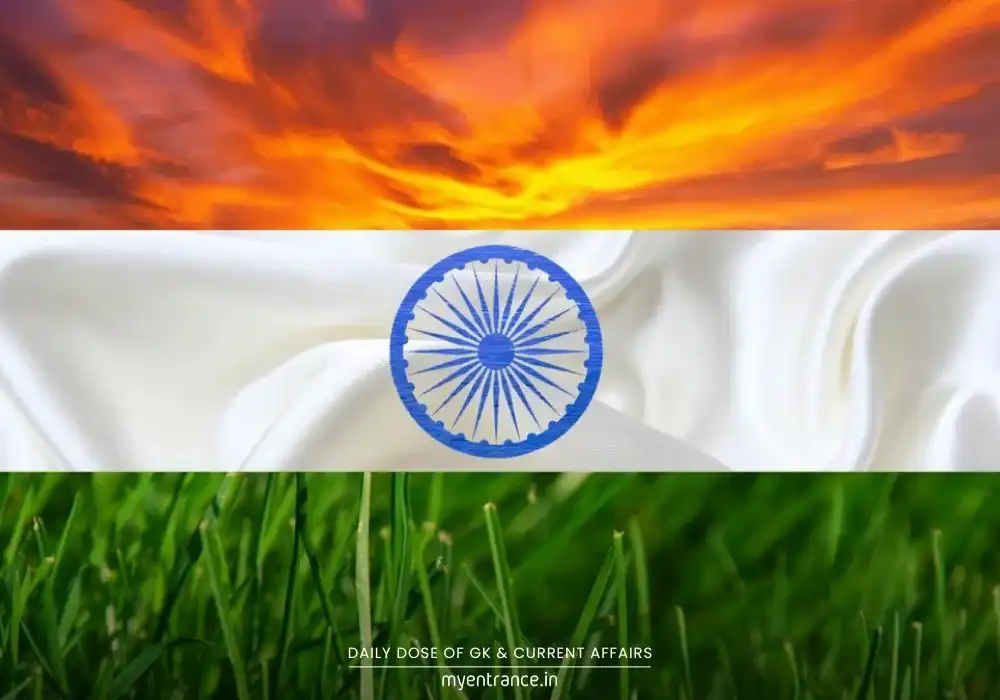Translate Language
Caste System in India: Evolution, Politics & Why It’s Crucial for Your Competitive Exams
Recent debates around caste-based reservations in Telangana highlight how deeply caste influences India’s socio-political fabric. For competitive exam aspirants, understanding the caste system’s evolution – from ritual hierarchy to political identity – is non-negotiable. This article decodes key concepts like Sanskritisation, dominant castes, and the system’s stubborn resilience in modern India.
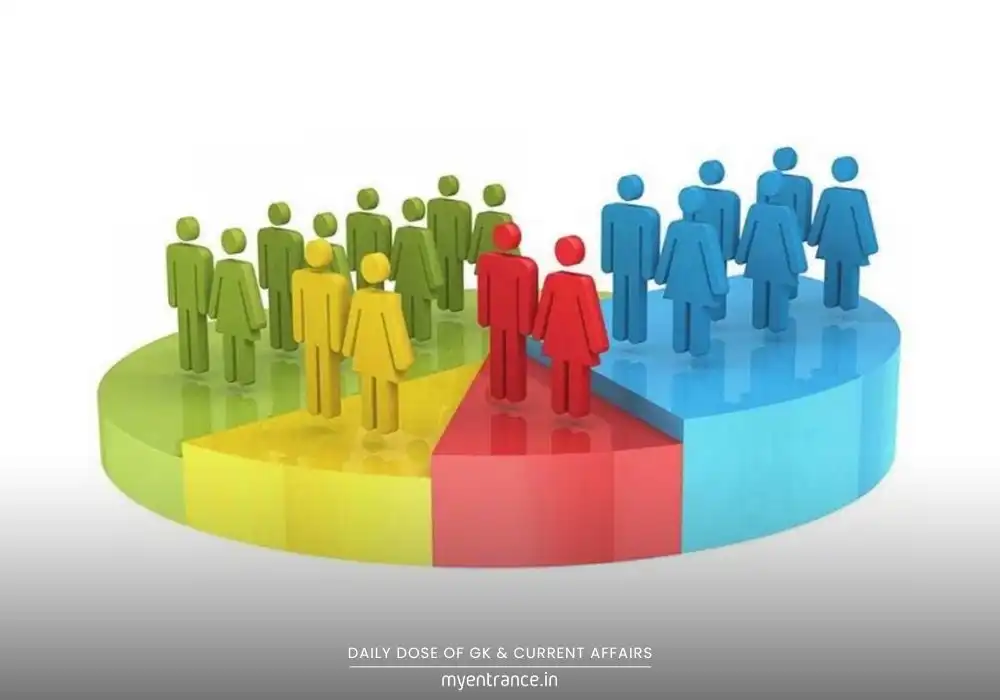
India’s social DNA is uniquely defined by the caste system – a complex web of hierarchy, occupation, and endogamy. While rooted in ancient Hindu social order, its discriminatory reach extends across religions. Think of it as a rigid pyramid:
Built on Purity-Pollution: Traditional rules governed social interaction, dining, marriage, and occupations based on ritual status.
Segmented Society: Ghurye’s work highlights how caste divides society into exclusive groups with distinct privileges/disabilities.
Beyond “Varnas”: Real-world caste (“Jati”) is far messier than the textbook four-fold Varna model.
Sanskritisation: The Caste Ladder’s Hidden Step
Sociologist M.N. Srinivas shattered the myth of caste immobility. He observed lower castes adopting rituals/practices of upper castes (Sanskritisation) to climb the social ladder. Groups like Ahirs, Kurmis, and even some tribes (Bhils, Gonds) used this strategy. This challenged the “book-view” of caste, revealing its fluid “field reality.” Crucially, it spurred economic shifts as lower castes abandoned “unclean” jobs, disrupting the age-old link between caste and occupation – a point Dr. Ambedkar fiercely argued needed reform.
Caste Meets Ballot: The Political Game-Changer
Srinivas foresaw caste wouldn’t vanish with democracy; it would dominate it. His concept of the “Dominant Caste” (powerful due to numbers & land ownership) became key. Political scientist Rajni Kothari further debunked the myth that caste was “traditional” and politics “modern.” In reality, caste gets secularised in politics – mobilizing votes, forming associations, and driving demands for rights (think Mandal Commission & lower-caste assertion in North India, as Jaffrelot documented). Satish Deshpande adds a critical layer: while lower-caste politics is hyper-visible, the “casteless” identity claimed by upper castes masks their own political power.
Caste Identity Today: Hierarchy vs. Assertion
So, what does caste mean now? Dipankar Gupta argues identity has trumped hierarchy. Castes today are more like assertive interest groups fighting for political power and resources, not positioning themselves within an old purity-pollution order. Understanding caste conflict or reservation demands requires focusing on this discrete caste identity, not an outdated monolithic “system.”
Why Won’t Caste Fade Away?
Optimists hoped education and democracy would erase caste. Reality? It adapted. A.M. Shah called a casteless India a “mirage.” While sociologist Andre Beteille notes cracks (weaker purity rules, some inter-caste marriages, new occupations), caste’s tenacity is undeniable. The grim persistence of manual scavenging (Dalit-dominated), caste violence, and “honour killings” prove hierarchy’s violent underbelly remains. Untouchability, sadly, persists as recent studies show.
Why is This Important for Exams?
GS Paper I (Society): Directly covers caste system features, evolution, Sanskritisation, dominant caste, and contemporary issues like reservation.
GS Paper II (Polity): Critical for understanding caste-based politics, reservation policies, Mandal Commission, and identity politics.
Essay Paper: Provides rich socio-political content for themes on inequality, social change, or Indian democracy.
Interview Stage: Demonstrates nuanced understanding of India’s most persistent social reality – essential for personality tests.
Current Affairs: Issues like Telangana’s survey or debates on religion-based reservations (as mentioned initially) are hot topics.
Questions & Answers on Caste System in India
Q1. How did M.N. Srinivas’ concept of ‘Sanskritisation’ challenge traditional views of the caste system?
Ans: Srinivas challenged the notion of caste as a rigid, closed system by observing that lower castes could achieve upward social mobility by emulating the rituals, practices, and lifestyles of higher (“twice-born”) castes. This process, termed “Sanskritisation,” demonstrated significant fluidity and agency within the caste structure, contrasting sharply with the static “book-view” based solely on Varna hierarchy.
Q2. Explain Rajni Kothari’s perspective on the relationship between caste and politics in India.
Ans: Kothari rejected the false dichotomy of “traditional caste” vs. “modern politics.” He argued that caste enters the political arena and gets secularised – its focus shifts from ritual status to mobilizing votes, forming associations, and making demands based on numerical strength and constitutional rights. Essentially, caste becomes a key instrument for political organization and assertion, not a relic sidelined by modernity.
Q3. What does Dipankar Gupta mean by suggesting that ‘identity has triumphed over hierarchy’ in the contemporary caste system?
Ans: Gupta argues that the traditional, pan-Indian caste hierarchy based solely on purity-pollution is weakening. Instead, individual caste groups now assert their distinct identities primarily for political and economic gain. They focus on mobilizing members, demanding rights/resources (like reservations), and asserting their status relative to others, rather than positioning themselves within an overarching hierarchical ladder.
Q4. Despite modernization, why does the caste system persist in India? Discuss citing sociological viewpoints.
Ans: Sociologists highlight caste’s “peculiar tenacity” (Béteille). While modernization created cracks (e.g., weaker purity rules), caste adapted:
* Political Utility: It became a key tool for vote-bank politics and mobilization (Srinivas, Kothari).
* Economic Reservations: Access to jobs/education via quotas reinforces caste identity.
* Enduring Social Discrimination: Practices like untouchability, violence, and endogamy persist (Thorat & Joshi).
* Shift to Identity: It transformed into a potent basis for group identity and assertion (Gupta). As Shah noted, the lived reality of caste, especially for marginalized groups, makes a casteless society a “mirage.”
Q5. The Telangana government’s move to extend benefits to specific Muslim groups based on caste-like parameters highlights what key aspect of the caste system discussed in the article?
Ans: This move underscores the point that caste-based discrimination and disadvantage extend beyond Hinduism, affecting other religious communities in India (like Muslims, Christians, Sikhs). It highlights that caste functions as a social stratification system impacting economic status, social standing, and access to opportunities across religions, making it a pan-Indian societal issue, not solely a Hindu one. The political controversy (e.g., BJP’s objection) further exemplifies the intense politicization of caste-based reservation policies.
Get 3 Months Free Access for SSC, PSC, NIFT & NID
Boost your exam prep!
Use offer code WELCOME28 to get 3 months free subscription. Start preparing today!

